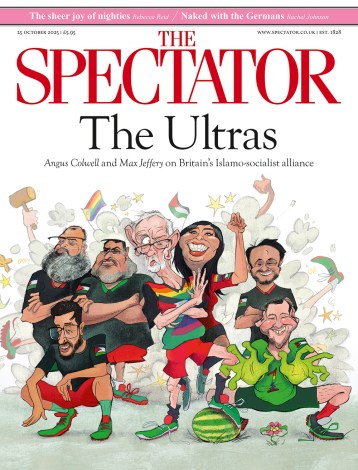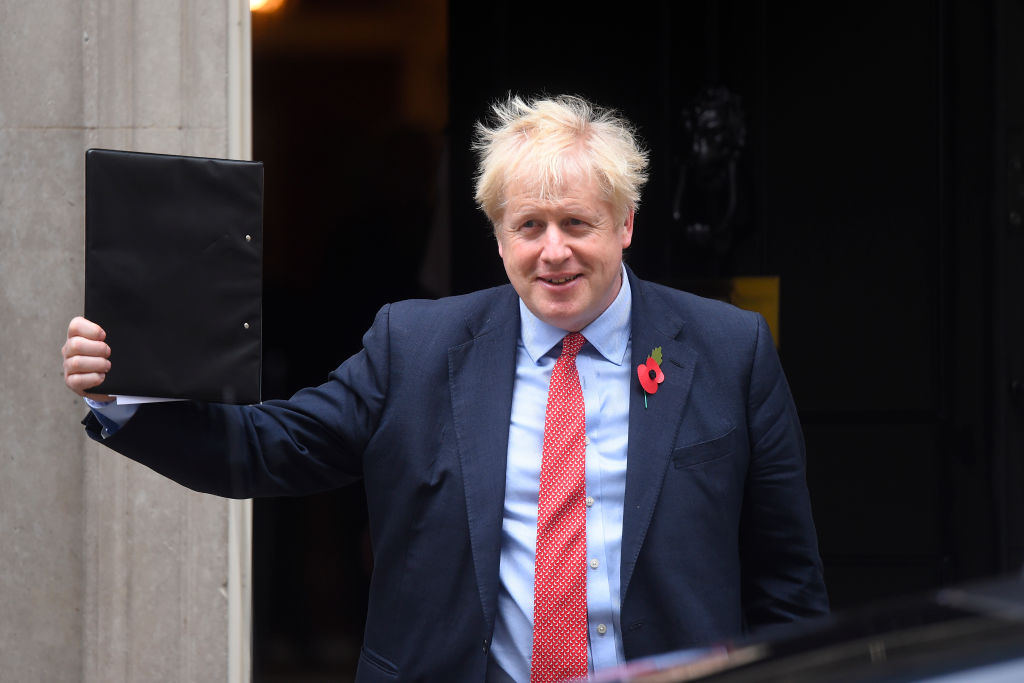In this election, the Tories hope to persuade voters who have never backed the Conservative party before to turn blue. Key target seats lie in parts of the Midlands and North that are historically Labour. As I say in this week’s magazine, to help candidates and activists take on this new terrain, the party has sent them a handbook setting out who they need to win over.
It lays out the importance of communicating ‘with voters who in the past may not have considered a vote for the Conservatives, but who want to GET BREXIT DONE and would now prefer a majority Conservative government to a coalition led by Jeremy Corbyn. We’ll have to persuade these people to for us, and then turn them out’:

The target groups fall into frequent voters the party hopes to persuade to back them and turnout voters who are likely to back the Tories already but don’t always make it to the ballot box. They roughly fall into five main groups.
Labour Leave voters
Voters who backed Brexit but probably voted Labour in both 2017 and 2015. These are the same voters whom Theresa May targeted in the last election but, as the book explains, ‘many of these people may have been considering a vote for the Conservatives but by polling day they returned home to Labour. Now, some of
these voters will be considering a vote for us or the Brexit Party.’ Tory candidates are told not to be put off approaching these voters even if on paper they seem unlikely to vote for them. Campaign strategists hope that a slicker campaign will help their cause, along with the sense that this time round the Tories are not on the brink of winning a landslide majority.
Soft Labour voters
The Tories also believe they stand a chance with soft Labour voters who are not particularly worked up either way about the UK’s departure from the EU: ‘These are people who traditionally choose between us and Labour. The kind of people we targeted during the general election in 2015, but whose votes we may have lost last time round.’ These voters are likely to want to ‘Get Brexit Done’ so other issues can be focused on. They’re also likely to harbour scepticism about Jeremy Corbyn and prefer Boris Johnson for PM.
Brexit party supporters
Conservatives who are considering a vote for the Brexit party are viewed as key to the strategy. These voters are likely to have backed Ukip in 2015 but voted Tory in 2017. Owing to the Tories’ failure to deliver Brexit on time, they may be drawn to the Brexit party. They are seen as being malleable when it comes to supporting Boris, because they would prefer a majority Tory government to a second referendum under a Corbyn-led coalition. ‘Whilst they may be thinking of voting for the Brexit Party, they are likely to have a very strong preference for a majority Conservative government led by Boris Johnson over a coalition led by Jeremy Corbyn. And it’s this choice that we must encourage them to make. It’s this choice that we must encourage them to make,’ explains the book.
Non-voters
The Tories are also targeting the voters who tipped the balance for Leave in the EU referendum but don’t tend to vote in general elections. The key is getting them out to vote again. Voters who backed Ukip in 2015 but didn’t vote in 2017 are likely to have a strong preference for Johnson’s Brexit plan over Corbyn’s. Through the party’s marked register entry they’ve also been able to identify people who voted Leave in the EU referendum but who haven’t voted in a General Election before. This group are more likely to lean towards Labour, if they have a political allegiance — but they could be swayed. As the handbook notes: ‘In this election, we’ll need to secure as many votes as possible from this group.’
Tory Remain voters
Long-time Conservatives who are considering a vote for the Liberal Democrats will need persuading to vote Tory again. These people are likely to have been strong Conservatives in the past. But because they backed Remain, their vote is no longer guaranteed. Notably, the Tory guidelines don’t offer candidates a reason why this group might be persuaded to stick with the Conservatives. However, Tory MPs privately hope that the message that a vote for anyone but Boris Johnson hands Jeremy Corbyn the keys to No. 10 will be enough to keep some on board. To make up for any shortfall in voters, the Tories will also be seeking out Liberal Democrat Leave voters who have the opposite problem: they want to leave the EU while their go-to party does not.







Comments